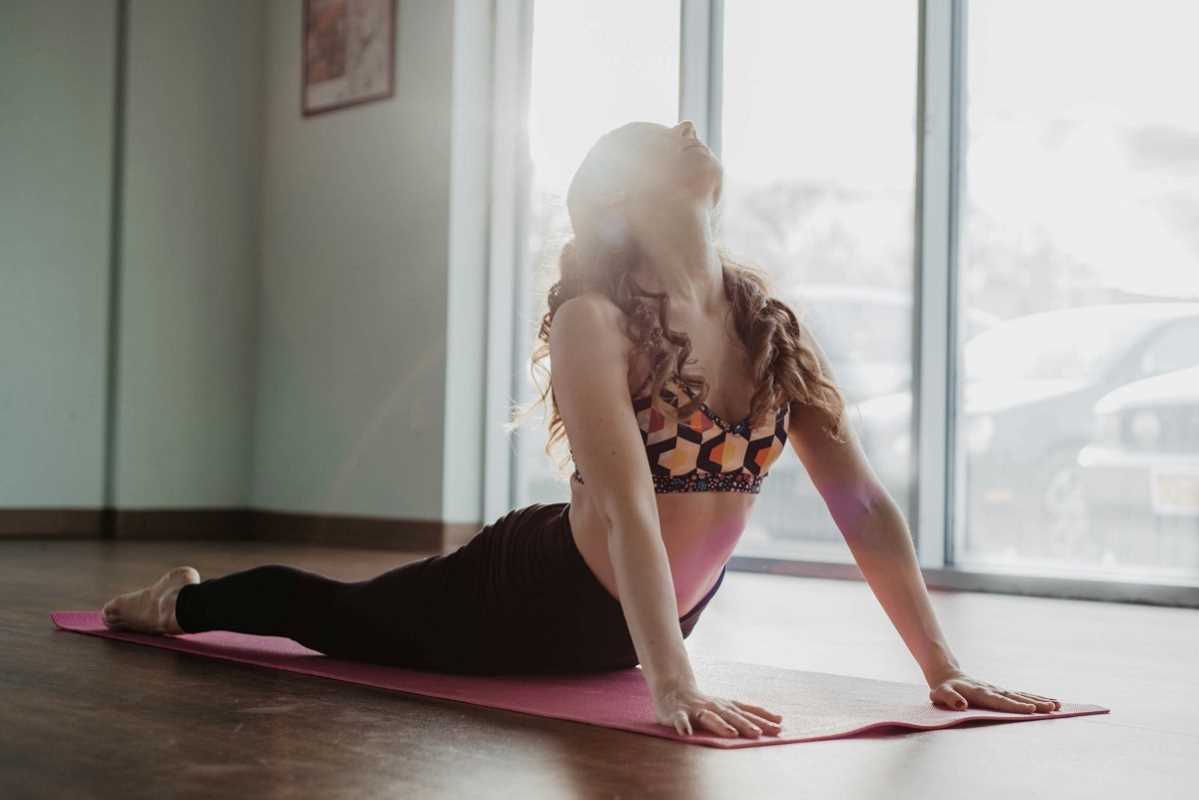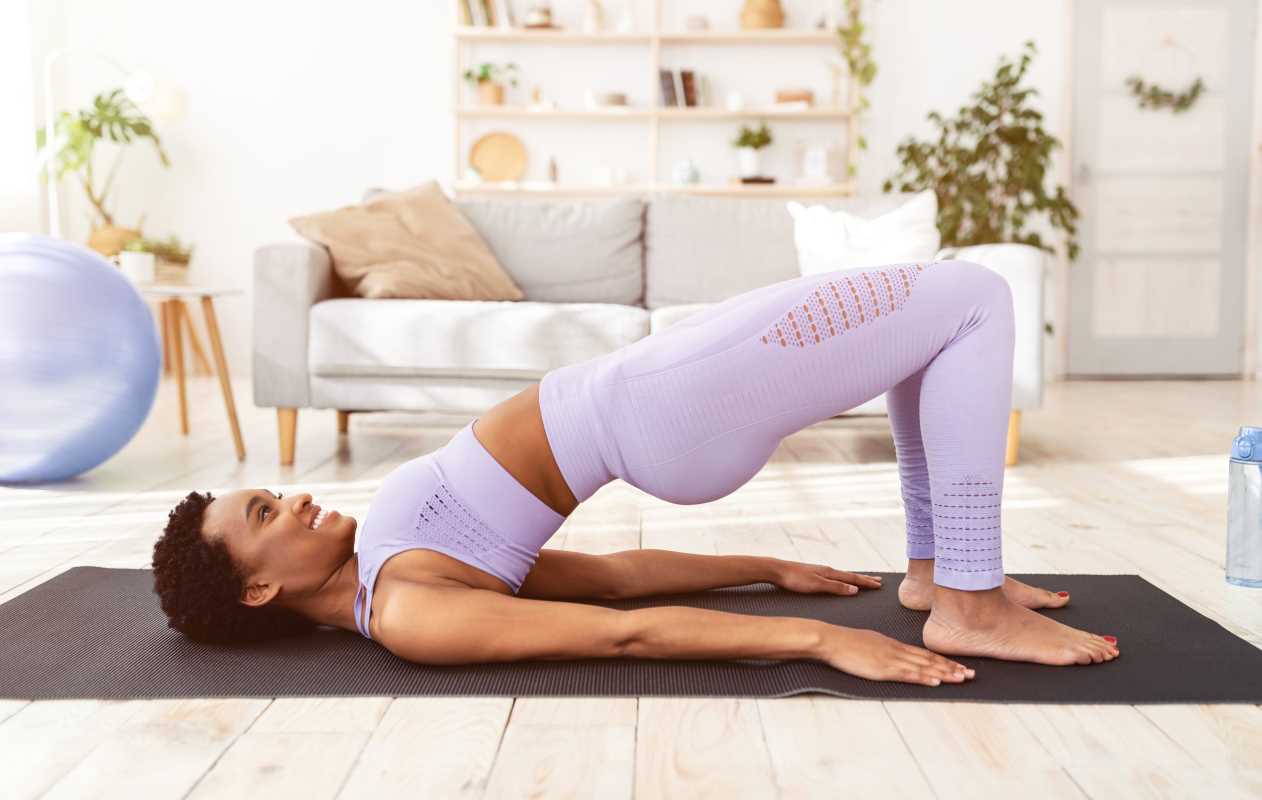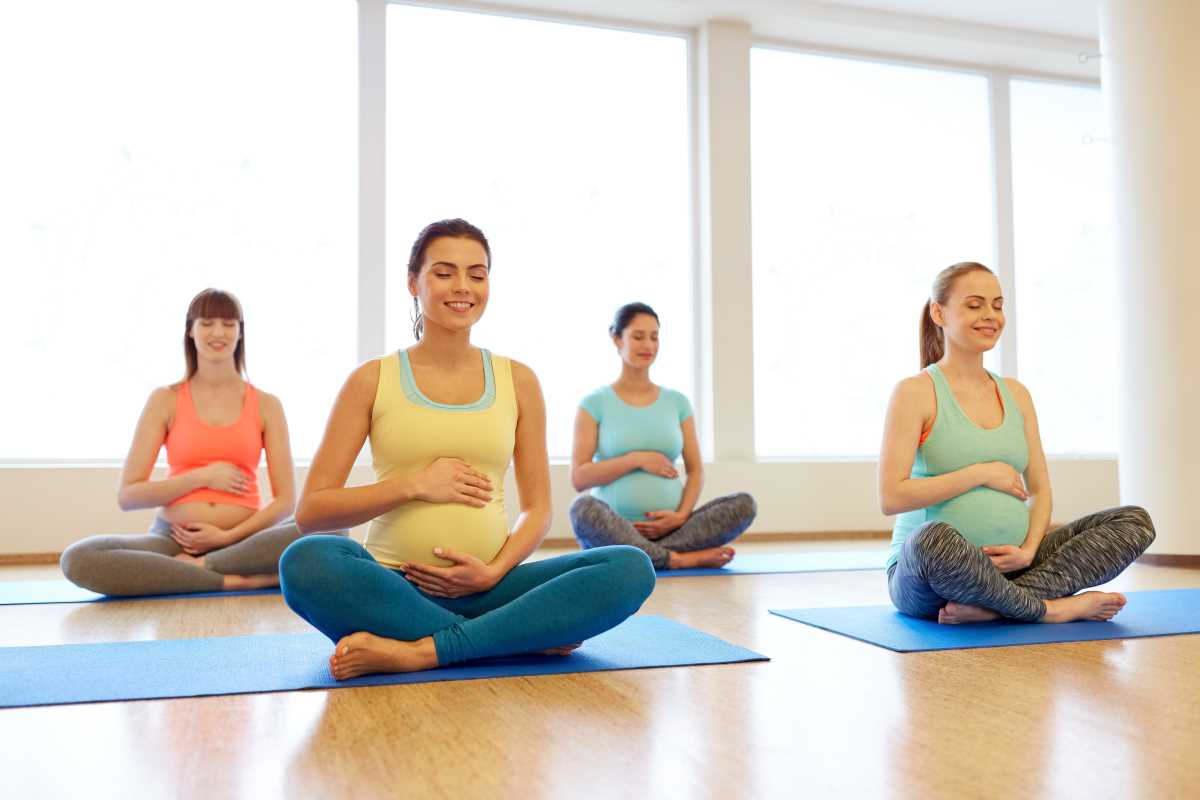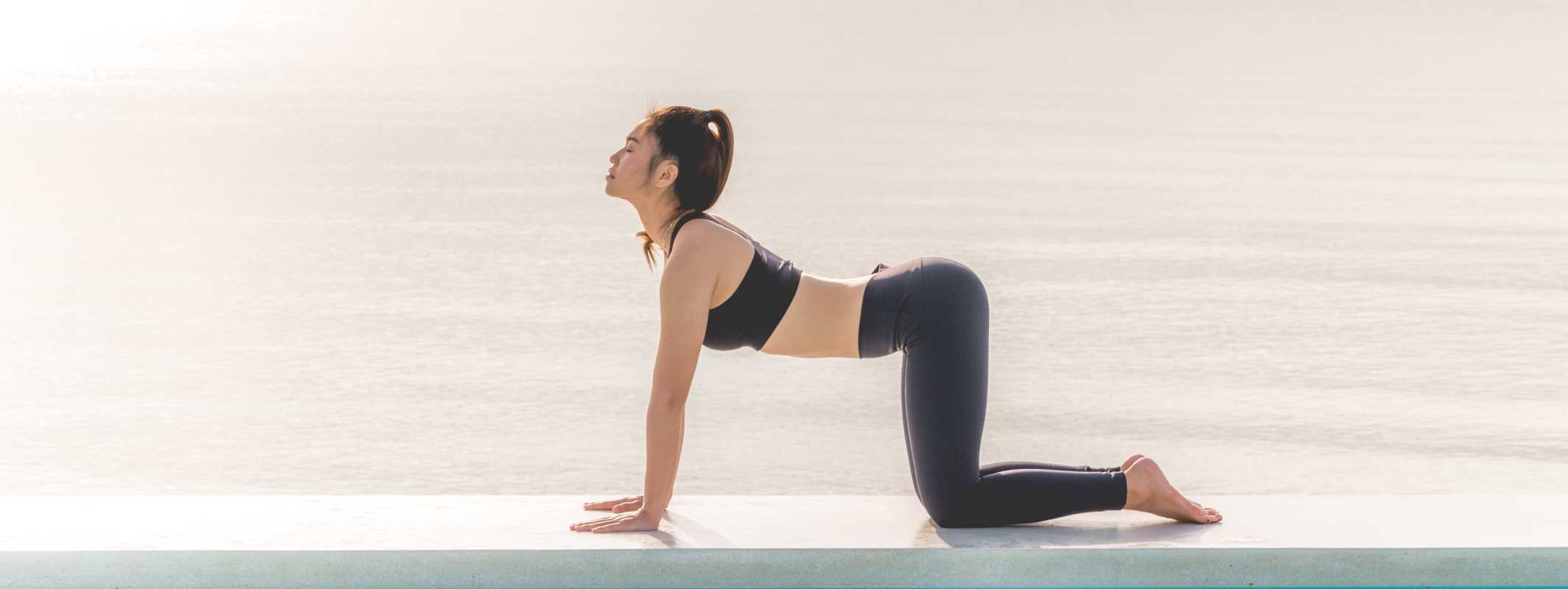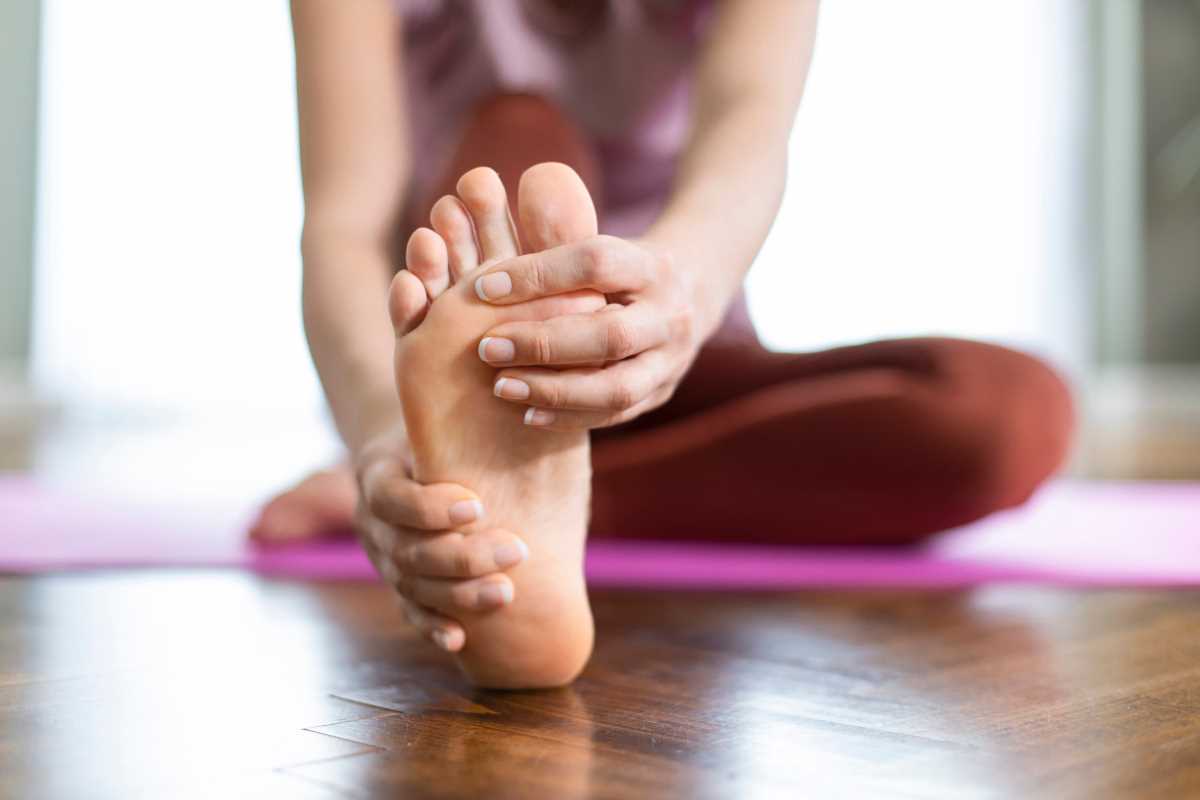Osteoporosis weakens bones, making them prone to fractures even with minor bumps or falls. For many, the condition can feel limiting or even scary, but exercise plays a powerful role in building stronger bones. The right workouts can help slow bone loss and can improve balance, strength, and overall mobility. Staying active benefits both physical and emotional health, especially if you’re dealing with bone density concerns. We're going to focus on some exercises to build bone strength and manage osteoporosis safely. By incorporating these workouts into your routine, you’ll improve your quality of life, reduce your risk of fractures, and learn how to move with confidence.
How Exercise Impacts Bone Health
Bones are living tissues constantly being broken down and rebuilt. Weight-bearing activities stimulate this natural rebuilding process by challenging your bones to grow stronger. For people managing osteoporosis, regular exercise helps preserve existing bone density and can even stimulate some new bone growth.
Strength training, weight-bearing cardio, and balance exercises also improve muscle tone and coordination, reducing the chance of falls that might lead to fractures. Knowing how to move safely and build strength gradually allows you to stay active and independent longer.
Bone-Strengthening Workouts
1. Walking
Walking is a given, but it could do more than you think. It provides a steady, low-impact weight-bearing workout that strengthens your legs, hips, and spine. Staying consistent with this simple activity helps maintain bone density. It can also help improve your overall cardiovascular health.
- Start with 15–20 minute walks on flat terrain, aiming for 3–4 days a week.
- Gradually increase your pace or add small hills for added challenge.
- Wear supportive shoes to reduce the risk of falls and provide extra stability.
Walking also improves posture and balance, which are important for people with osteoporosis to avoid accidental falls.
2. Strength Training
Using resistance through weights works directly on your muscles and bones, making them stronger over time. Targeting specific areas prone to fractures, like the hips, spine, and wrists, is particularly beneficial.
- Use light-to-medium dumbbells for exercises like bicep curls or shoulder presses.
- Perform squats or lunges using body weight or added resistance to strengthen leg and hip bones.
- Incorporate resistance bands for controlled, low-impact moves such as seated rows or side-lying leg lifts.
Strength training done two to three times a week builds muscle mass and fortifies bones, reducing the impact of osteoporosis.
3. Tai Chi
This ancient Chinese practice combines slow, controlled movements with deep breathing exercises. Tai Chi improves balance, coordination, flexibility, and reduces the risk of falls. Research has shown that this gentle practice also strengthens bones over time.
- Start with beginner-friendly Tai Chi classes or follow guided video tutorials.
- Practice moves such as "cloud hands," which involve lifting your hands in slow, flowing patterns.
- Spend 15–20 minutes daily practicing moves to build muscle memory and improve stability.
Tai Chi improves posture and body awareness, making it easier to move safely in everyday life.
4. Dancing
Engaging in dance is a fun way to include weight-bearing activity in your routine. Dancing strengthens the bones in your legs, hips, and spine, while also improving balance and coordination.
- Choose gentle styles such as ballroom, salsa, or line dancing to start, avoiding high-impact moves like jumps.
- Dance for 20–30 minutes, 3–4 times a week for maximum benefits.
- Pay attention to your posture, and make sure your movements are controlled and deliberate.
The social and emotional benefits of dancing make it motivating and enjoyable, boosting both bone health and mood.
5. Yoga for Osteoporosis
Specific yoga poses strengthen bones, improve balance, and increase flexibility, all of which help manage osteoporosis. Gentle poses are also great for relieving tension and enhancing posture.
- Try poses like Warrior II to strengthen your legs and pelvic region.
- Perform Tree Pose by balancing on one foot to enhance stability, reducing fall risks.
- Avoid deep twists or backbends, which might strain the spine if your bones are fragile.
Yoga helps lengthen and support your muscles, keeping your joints mobile and reducing stiffness.
6. Low-Impact Aerobics
Low-impact aerobics classes combine rhythmic movements that target multiple muscle groups. These activities improve bone density, cardiovascular health, and coordination.
- Join classes specifically tailored for seniors or individuals managing osteoporosis.
- Focus on step-based routines using small movements to keep stress off joints.
- Exercise with music to make sessions more engaging and enjoyable.
Regular participation builds endurance alongside bone and muscle strength.
7. Resistance Bands Workouts
Resistance bands offer a versatile and low-impact strength-building exercise that’s easy on joints but challenging for muscles and bones.
- Use resistance bands for exercises like chest presses to target upper body strength.
- Place a looped band around your thighs to perform side steps and strengthen hip bones.
- Adjust the resistance level of the bands as your strength improves.
Light yet effective, resistance bands are particularly useful for those who want a portable workout option.
8. Stair Climbing
Climbing stairs provides a natural, weight-bearing workout that strengthens your lower body and enhances cardiovascular health.
- Use stairs at home or in a public space like a park for short sessions.
- Start with 1–2 flights, gradually building up to longer climbs as your stamina improves.
- Hold onto rails if balance is an issue.
This straightforward activity bolsters bone density in the legs and hips and improves endurance.
9. Chair Exercises
Chair-based exercises suit individuals with limited mobility or advanced osteoporosis but still help strengthen bones and muscles.
- Perform seated leg lifts by raising one leg at a time, working the hips and thighs.
- Use light dumbbells or water bottles to do seated bicep curls or lateral raises for upper body strength.
- Practice seated marches to gently engage your core and improve circulation.
Chair exercises allow you to stay active with less strain or risk of falls.
10. Swimming with Resistance
Although swimming is not a weight-bearing exercise, resistance movements performed in water improve muscle tone, which indirectly benefits your bones.
- Engage in water walking or jogging in waist-deep water.
- Join aqua aerobics classes designed for older adults or those with bone issues.
- Use water weights or paddles for added resistance.
The buoyancy of water reduces joint stress, making it a safe option for strengthening your body gently.
Tips for Exercising Safely
- Start slow: Gradually build up your activity level to avoid injury or overexertion.
- Warm-up and cool down: Spend 5–10 minutes warming up and stretching to prepare your muscles and prevent stiffness.
- Use proper form: Focus on controlled movements and good posture to reduce strain.
- Avoid high-impact exercises: Skip activities like running or jumping if you have severe osteoporosis, as they can increase your risk of fractures.
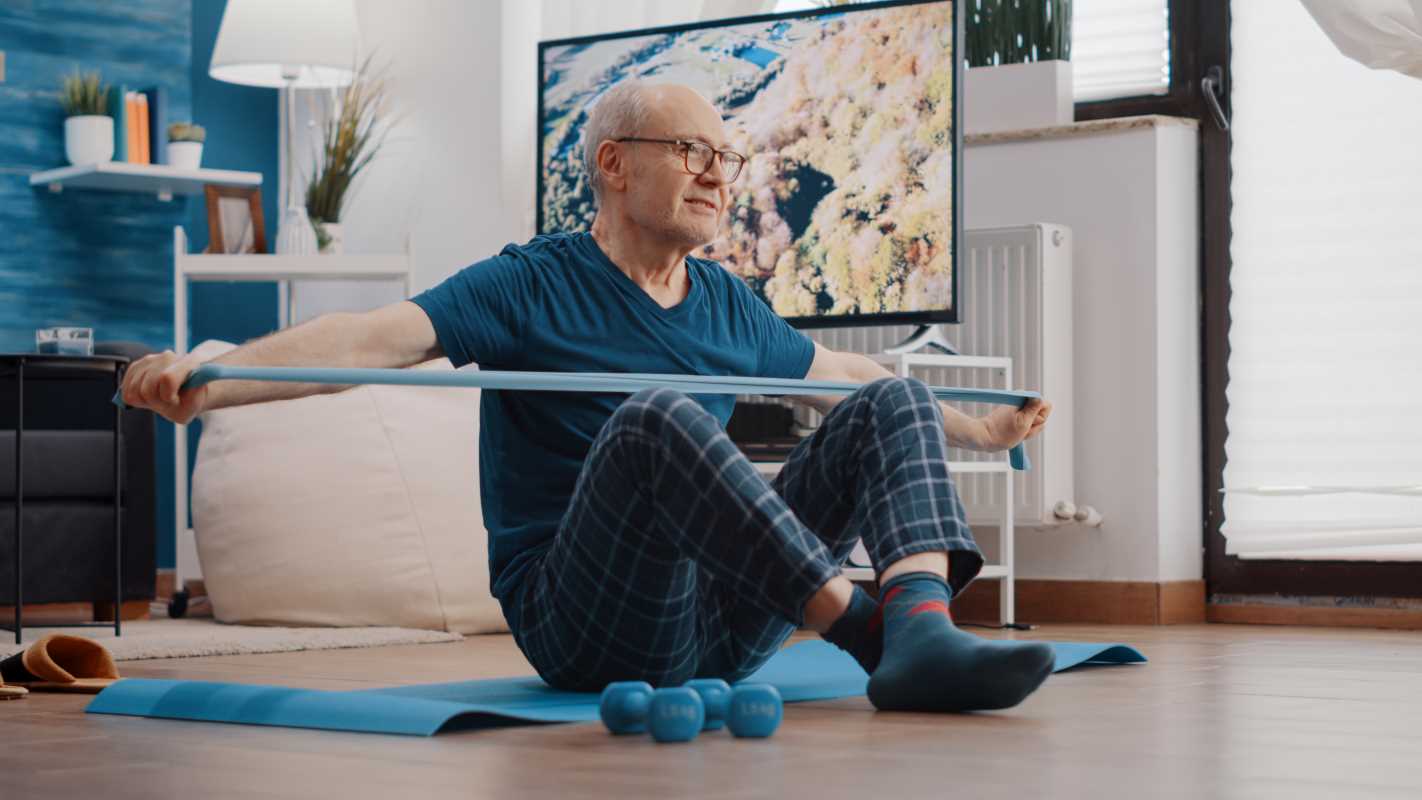 (Image via
(Image via